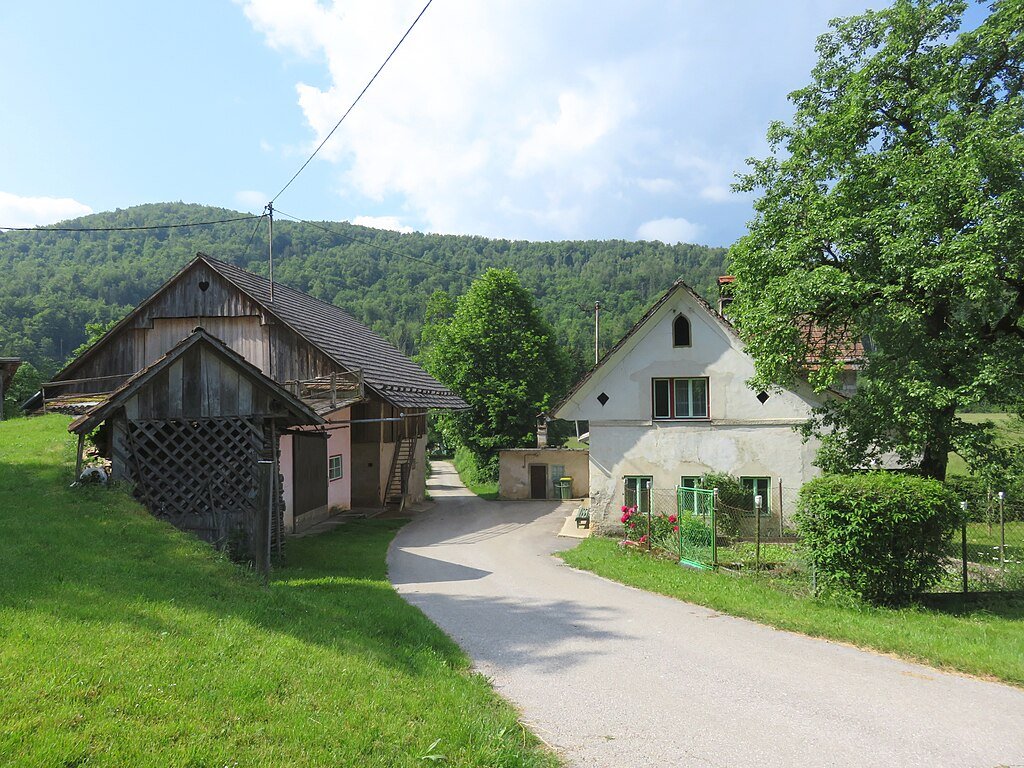A study done in Slovenia evaluates the economic and technical viability of using shallow geothermal for storage and cooling of agricultural produce.
The results of the GeoCOOL Food project were recently presented to the public, providing initial guidelines on the use of geothermal energy for agricultural cold storage in Slovenia. The study indicates that the potential exists, but factors can vary greatly such as the solutions cannot be standard and that economic viability must be assessed for each project.
The GeoCOOL Food project, which started in 2022, aimed to examine the possibilities of using shallow geothermal for storing and cooling of food in small agricultural food stores. The study was done by experts from the Geological Survey of Slovenia, the Jozef Stefan Institute, and the Biotechnical Faculty of the University of Ljubljana.
As part of the studies, a 100-meter deep research well was built in a pilot farm in Podbo?je where optical cables for temperature monitoring were installed. According to Nina Rman, Project Manager at the Geological Survey of Slovenia, this was the first time that shallow geothermal energy was used for agriculture in Slovenia. “We know that geothermal is already being used to heat three greenhouses. However, we have not yet registered any use for cold storage facilities.”
Rajko Vidrih from the Faculty of Biotechnology stated that storing produce in cold conditions extends their shelf life and helps maintain good quality. “This is important from both nutritional and economic perspectives.”
Based on the study results, the use of shallow geothermal energy for cooling is possible but the costs make it economically viable only in specific cases. Gašper Stegnar from the Jožef Stefan Institute emphasized that such applications require large investment, but the energy savings can be quite small. Thus, grants would be instrumental in helping deploy such technologies more widely.
“For successful use, we need an overview of energy consumption on the farm, appropriate geological data and, above all, balanced use for heating and cooling. Only in this way can the soil serve as an effective heat and cold storage,” added Jorg Prestor from the Geological Survey. Part of the output of the study is a model for assessing the economic viability of geothermal-based cold storage, as well as the first technological guidance for the use of shallow geothermal energy for Slovenian cold storage facilities.
“We found that the potential exists, but the solutions cannot be standard. This is now a matter for the competent ministry and the interests of farmers, who need guidelines,” concluded Rman.
RELATED: Himachal Pradesh, India to set up geothermal controlled atmosphere storage
Source: Gorenjski Glas


